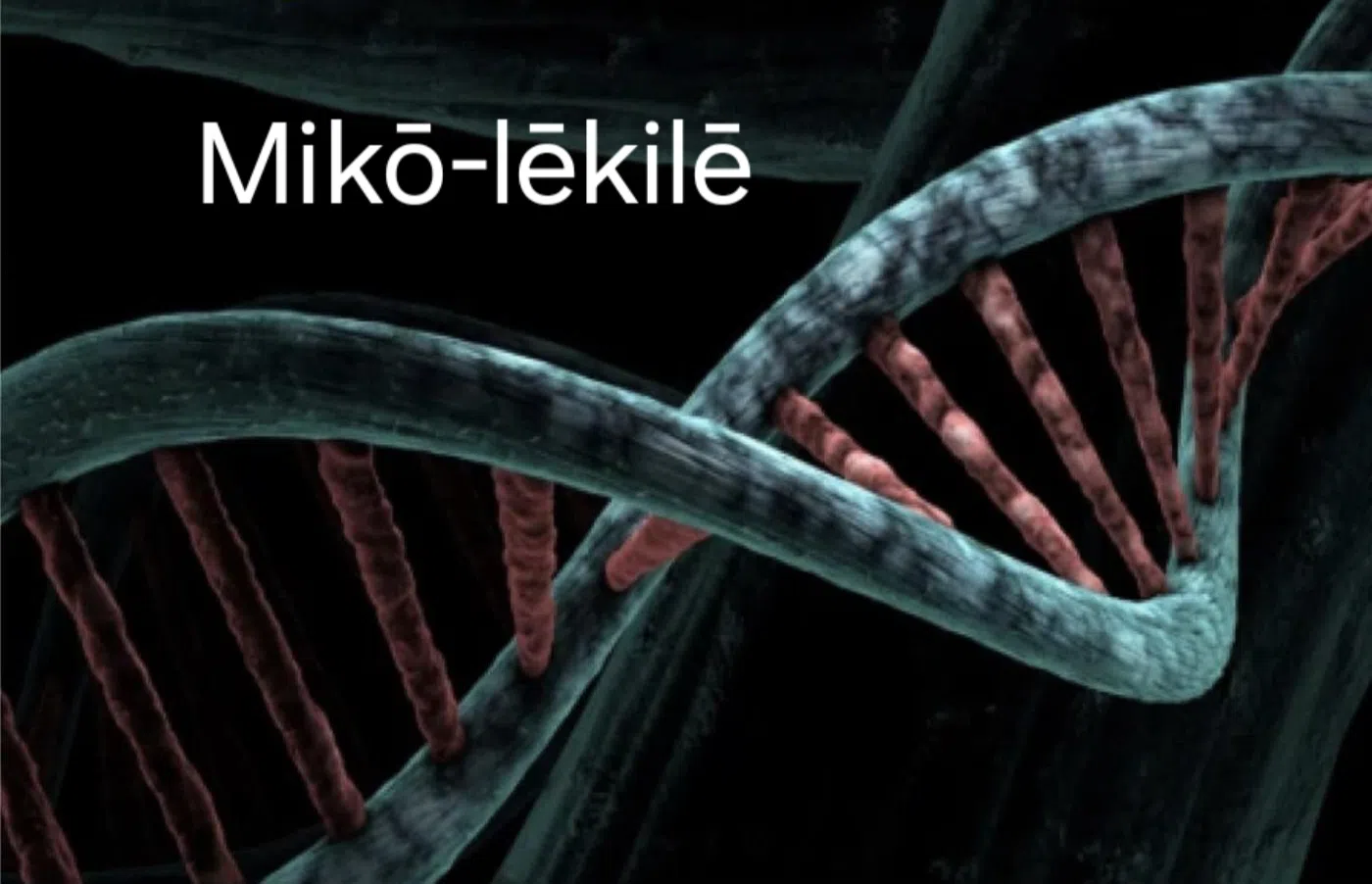
Natomagan uses scientific examples like DNA to demonstrate how modern science can be translated to Cree language. (Submitted by Vince Natomagan)
Small Modular Reactors
Company is working to ‘Cree’ate nuclear industry language for fluent speakers
Aug 15, 2024 | 8:41 AM
The complexity of modern scientific terminology and the Cree language are sometimes at odds, but Vince Natomagan is aiming to find bridges of understanding between those two worlds.
“I have to think Cree while talking in English,” said Natomagan, from Pinehouse has founded of Gray Jay Consulting.
“I want to provide a service for more cultural appropriate communication so the two groups understand each other, and mistrust can be alleviated,” he said.
Natomagan, who has a background both in media, broadcasting, and as a radiation technician, created his company, to capitalize on the province’s plan to implement nuclear power from small modular reactors (SMRs).

Vince Natomagan is a fluentt Cree Language speaker who has launched Gray Jay Consulting in Northern Saskatchewan. (Photo supplied by Vince Natomagan)
With the ability to produce reliable power with zero greenhouse gas (GHGs) emissions, SMRs can supply clean power to meet increasing electricity needs. However, Natomagan says due to jokes on television shows like The Simpsons and catastrophic events like the Chernobyl disaster in 1986, there are often misconceptions about nuclear power.
“There’s a sense of fear that propagates itself if you don’t know the information,” he said. “The province of Saskatchewan leaves something to be desired when it comes to effective duty-to-consult processes. With this introduction to SMRs and the complexity of nuclear terms, good luck to the province to carry out effective education and promotion of the new nuclear industry.”
He believes one of those ways to combat misinformation and misconceptions is through language.
While the Cree language is a pre-industrial language, technology and the English language have continued to evolve, so the trick is finding a way to bring understanding to terms there is no Cree equivalent for words like nuclear reactor, proton, fission, or radiation, said Natomagan.
The way to resolve the issue is by utilizing a concept called ‘dynamic equivalence’, which basically empowers a translator to read between the words and re-create them in a way that enables the audience to better understand them.
“Something like ‘DNA’, for example, in the Cree worldview, you know nothing about DNA,” said Natomagan. “So I have to come up with ‘dynamic equivalence’, using Cree language and cultural examples of what DNA is so it makes sense.”
Natomagan gives the example of translating ‘DNA’ by using the Cree term ‘miko-lekile’, which means ‘blood key’. This allows Cree speakers to visualize the concept of the unique properties of DNA.

